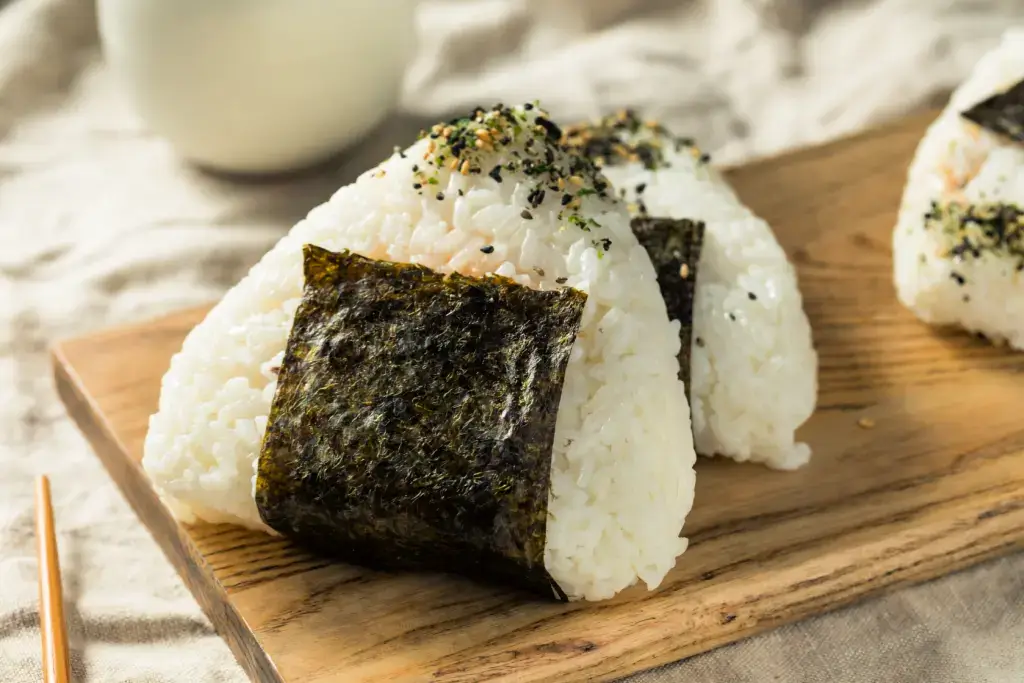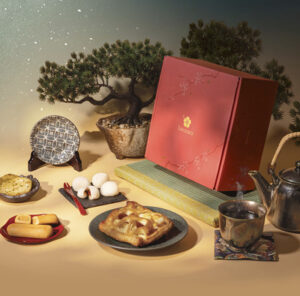Are you ready to explore the history of one of Japan’s most beloved and yummy snacks? Brace yourself for an adventure that spans centuries, tantalizing flavors, and the irresistible allure of Japanese cuisine. Today, we delve deep into the heart of one of the most beloved snacks worldwide – rice balls!
Table of Contents
ToggleWho invented rice balls?
Rice balls, or onigiri in Japanese, have a story as fascinating as their delicious flavors. Centuries ago, during Japan’s Nara period (710-794 AD), people discovered that shaping rice into handy little balls made it easy to carry on long journeys or into battles. Some say even Samurai warriors wielded these triangular rice bundles wrapped in bamboo leaves for a quick energy boost during fights!
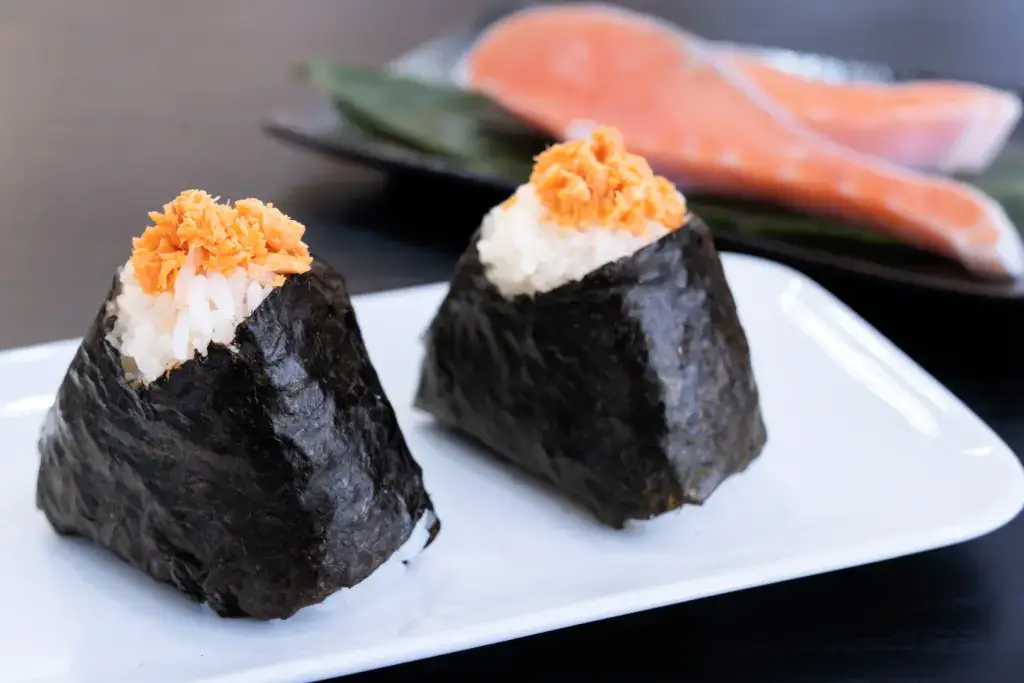
Over time, these handy rice packs turned into the onigiri we know and love today. So, who invented onigiri? Well, that’s still a mystery shrouded in the mists of time. But one thing’s for sure: these delightful rice balls are a yummy part of Japan’s culinary heritage, a tasty reminder of the country’s creativity and love for good food!
Why are they so popular?
Rice balls are a perfect combination of simplicity and versatility, which make it a super popular and easy dish for people to eat! The freshly steamed rice, lovingly shaped into small, palm-sized pieces with various mouthwatering fillings, is always delicious and readily available at grocery and convenience stores. The taste possibilities are endless, from the traditional salt and pepper seasoning to the more adventurous bonito flakes and pickled plum!
How do I make them?
Making rice balls is a fun and straightforward cooking adventure that anyone can do! All you need are a few essential ingredients and a sprinkle of creativity. Let’s dive into the delicious world of DIY onigiri! First things first, you’ll need some freshly cooked rice. It’s best to use Japanese short-grain rice for that perfect stickiness and texture. Once your rice is cooked and slightly warm, it’s time to get shaping! Take a handful of rice and gently mold it into your desired shape.
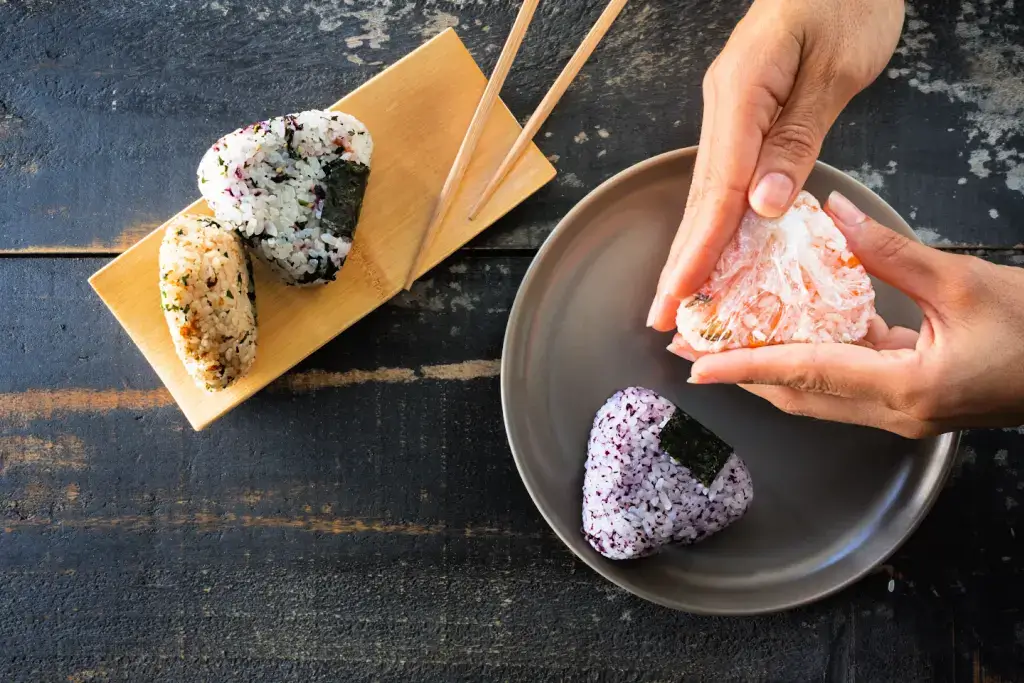
Whether you prefer classic triangles, cute ovals, or even heart-shaped creations, the choice is yours! You can add different fillings and flavorings to customize your onigiri to suit your taste buds. The possibilities are endless, from traditional options like pickled plum (umeboshi) or grilled salmon to modern twists like spicy tuna or teriyaki chicken!
For that classic onigiri experience, grab a sheet of nori (seaweed). Place your rice ball on the nori and gently wrap it like a present. Not only does the nori add a burst of umami flavor, but it also keeps your hands clean while enjoying your tasty creation.
Are you looking for delicious snacks for your next picnic? Check out Sakuraco! Sakuraco delivers traditional Japanese snacks, teas, and sweets from local Japanese makers directly to your door.
What are some popular onigiri fillings?
Now, let’s talk about fillings! Each filling adds a unique flavor to the rice ball, making it delicious with every bite.
Fish
Salmon, tuna, and mackerel are popular choices for onigiri fillings. The rich, buttery taste of salmon complements the subtle sweetness of the rice perfectly, while the hearty texture of tuna adds a satisfying bite. Mackerel’s bold and savory flavor provides a delightful contrast that will surely please the palate.
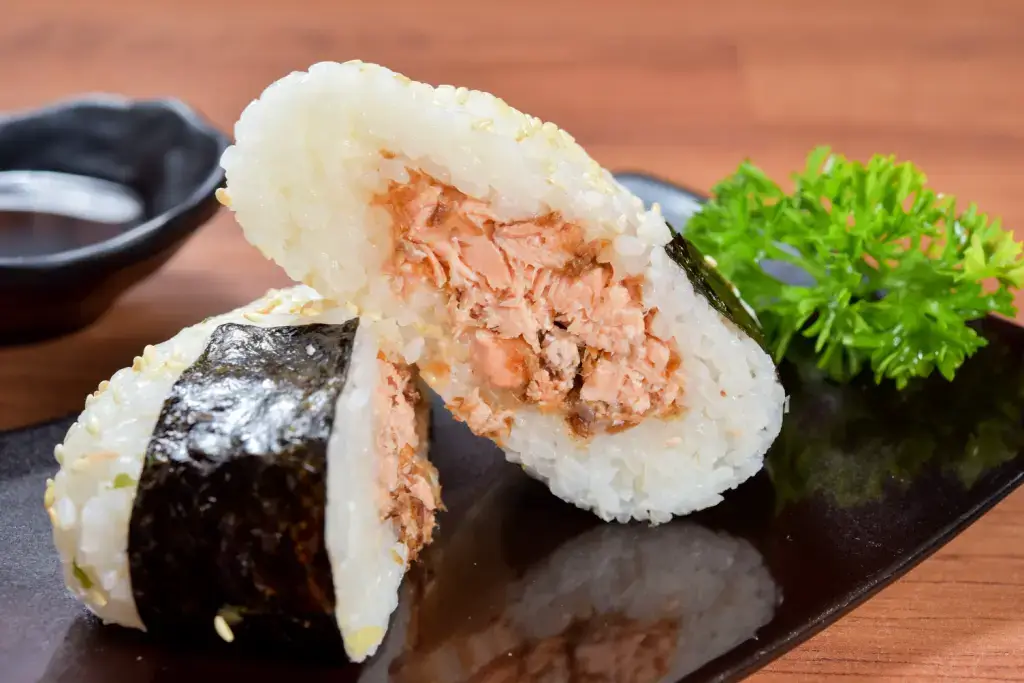
Pickled fruits and vegetables
For those with a penchant for tangy flavors, pickled fruits and vegetables like umeboshi and kombu will surely tickle your taste buds. Umeboshi, or pickled plum, offers a burst of tartness that cuts through the richness of the rice, creating a harmonious balance of flavors. Kombu, or pickled seaweed, adds a savory depth that enhances the overall umami of the dish.
Meat
Meat lovers fear not – there’s something for you too! Beef rib and hamburger onigiri are hearty options that satisfy even the most voracious appetite. The succulent tenderness of beef rib pairs beautifully with the soft, fluffy rice, while the juicy goodness of hamburger adds a comforting touch to warm the soul.
Eggs
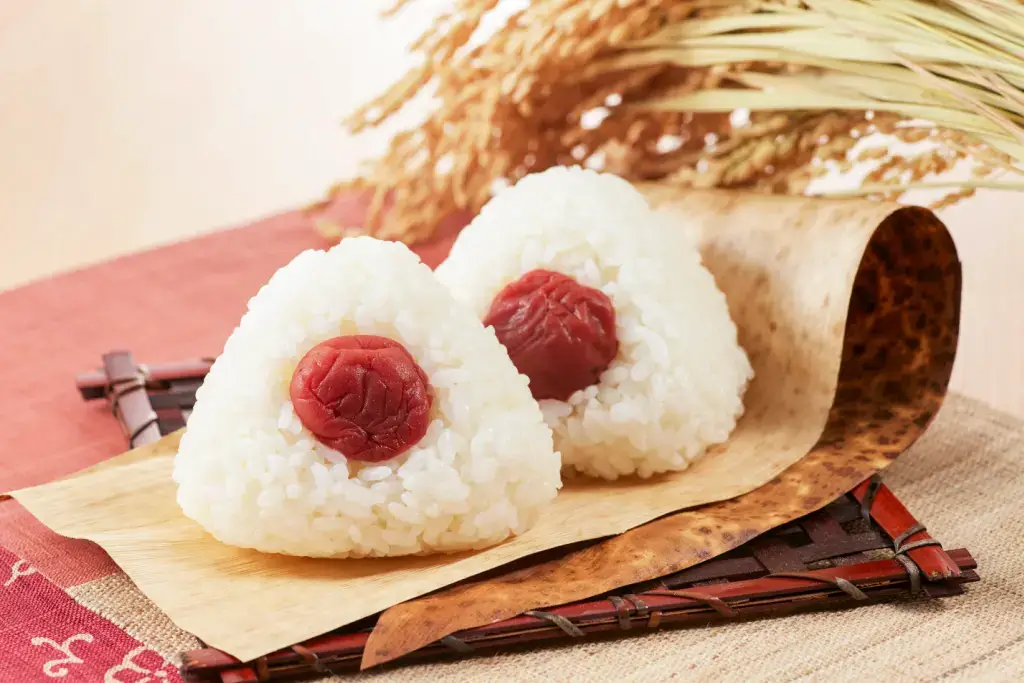
And, of course, who can resist the classic comfort of an egg-filled rice ball? Whether it’s a simple scramble or a luxurious omelet, eggs add a creamy richness that elevates the humble rice ball to new heights of taste!
Why should I give rice balls a try?
It’s not just about the flavors; it’s about the experience. Rice balls are more than just a snack – they’re a culinary history waiting to be explored. Whether craving a quick bite on the go or planning a picnic with friends, onigiri is the perfect companion for any occasion.
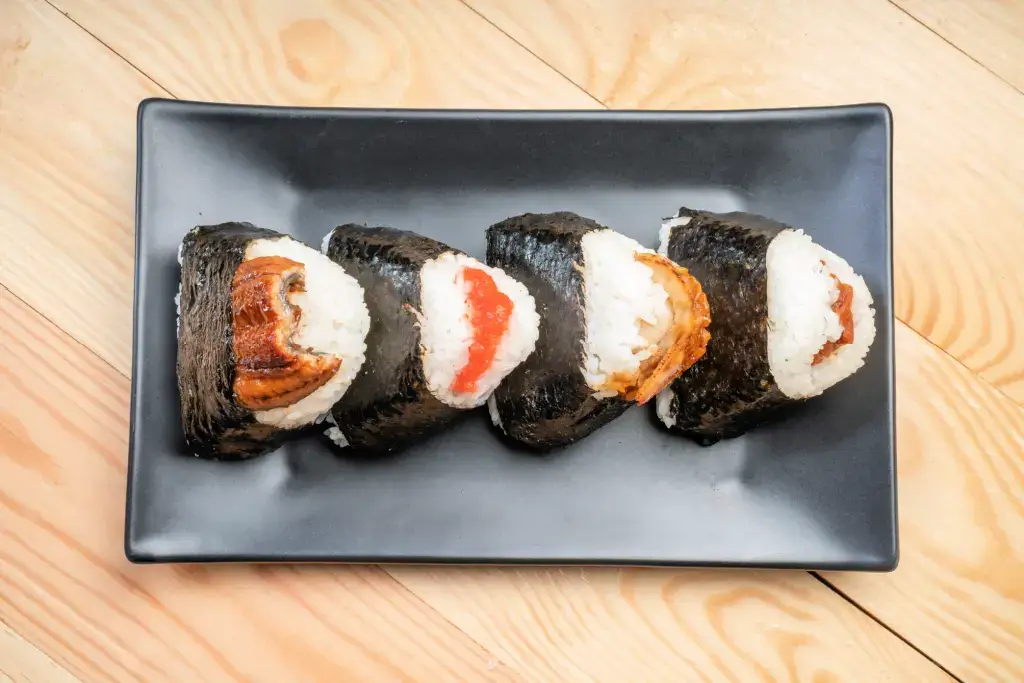
Rice balls hold a special place in the hearts and stomachs of food enthusiasts worldwide. With their rich history, endless variety, and undeniable charm, it’s no wonder they’ve stood the test of time. So the next time you need a delicious and satisfying snack, look no further than a rice ball! Have you ever tasted Japanese onigiri? What is your favorite flavor? Make sure to let us know in the comments below!


